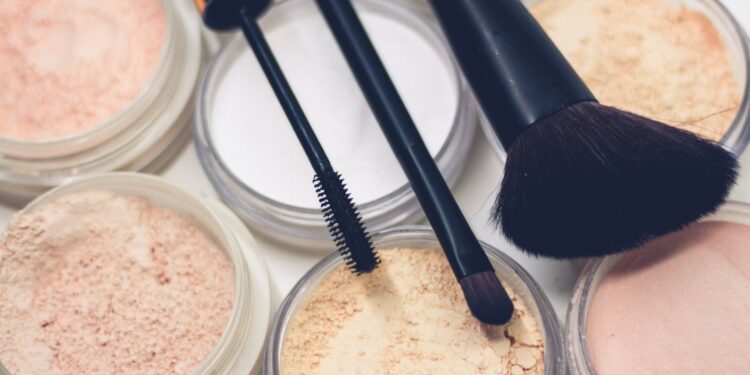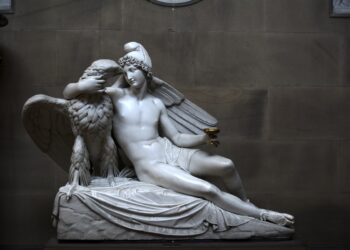What did ancient Egyptians use to lighten their skin?

Olive oil
Saffron
Crocodile dung
Milk
What was a popular medieval European beauty practice?

Dyeing hair green
Bleeding with leeches
Swallowing tapeworms
Applying arsenic
In the 18th century, what did women use to dilate their pupils?
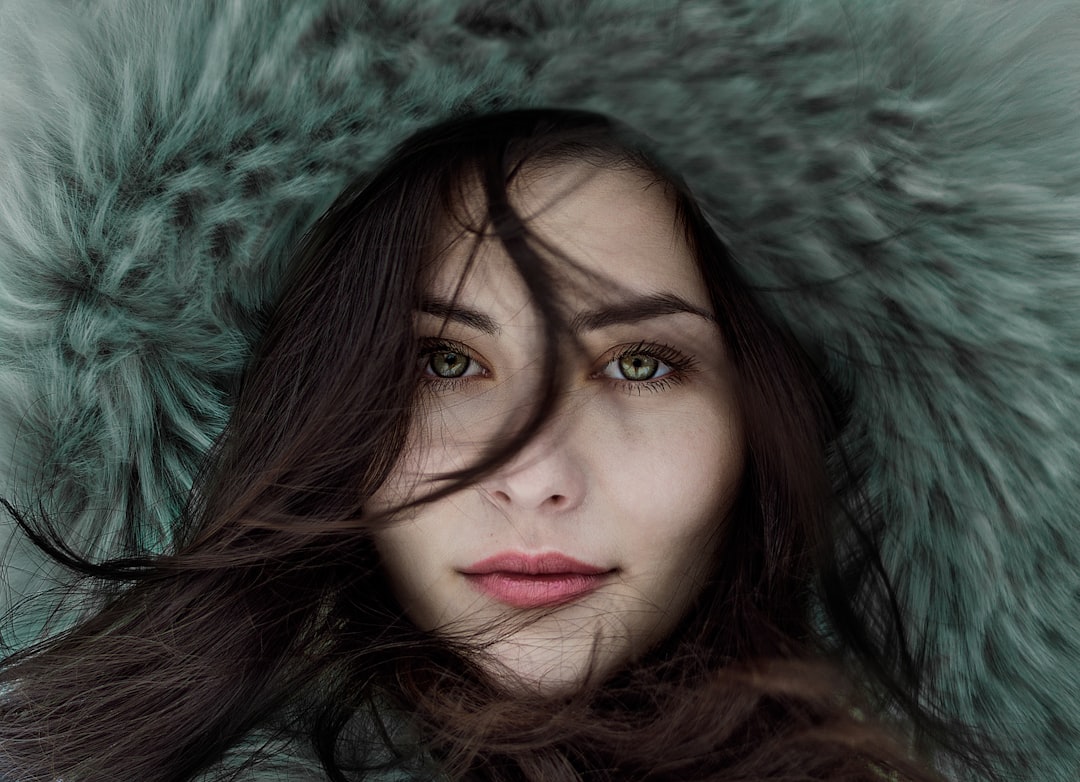
Belladonna
Onion juice
Rose water
Honey drops
What did the ancient Romans use as mouthwash?
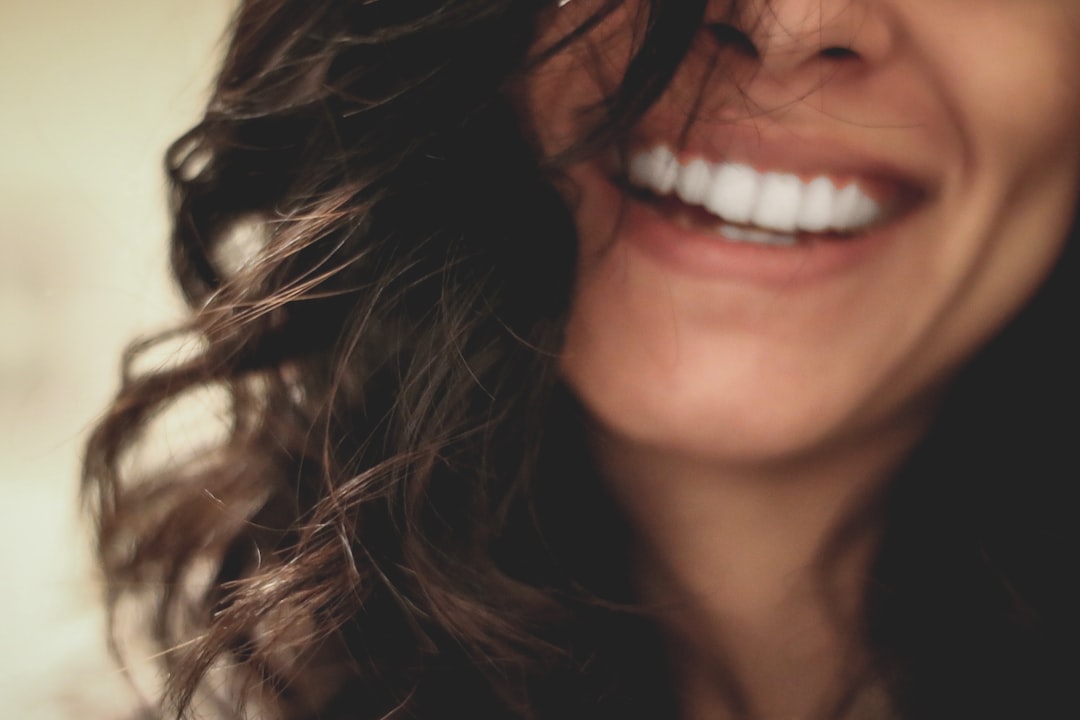
Vinegar
Urine
Salt water
Mint tea
What was used in the Renaissance to redden lips?

Beet juice
Cinnamon
Lead
Berry extracts
What did Victorian women eat to achieve a pale look?

Chalk
Vinegar
Arsenic
Raw potatoes
What unusual ingredient was used in Chinese foot binding?
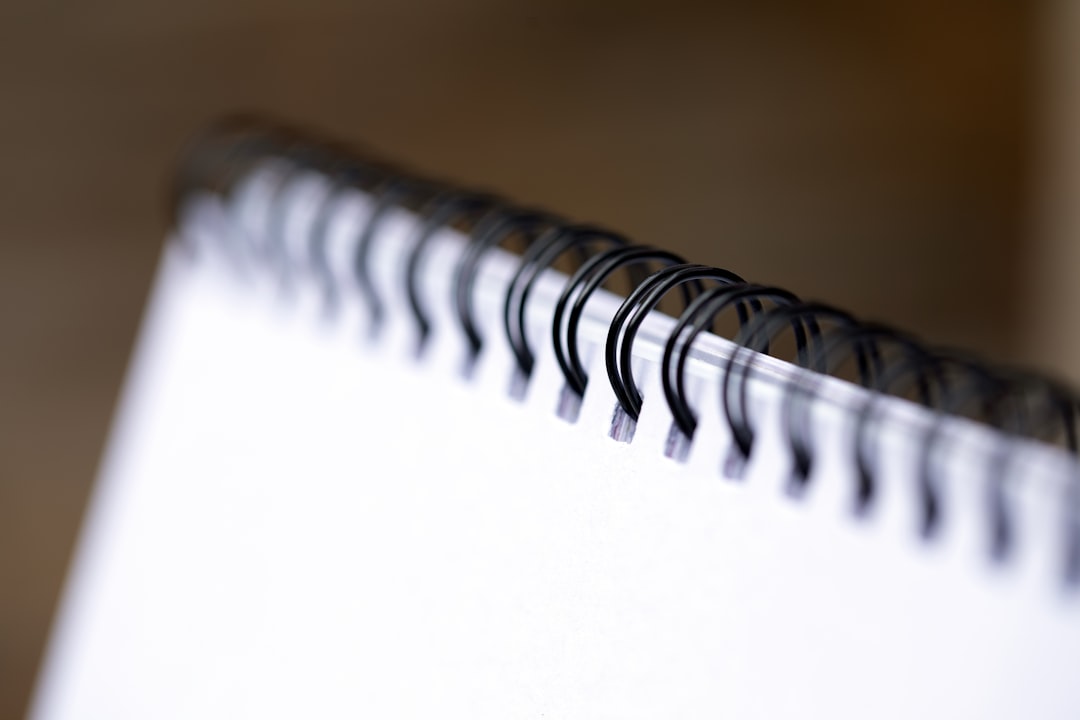
Rice
Animal blood
Herbal pastes
Black tea
What did ancient Greeks do to prevent baldness?
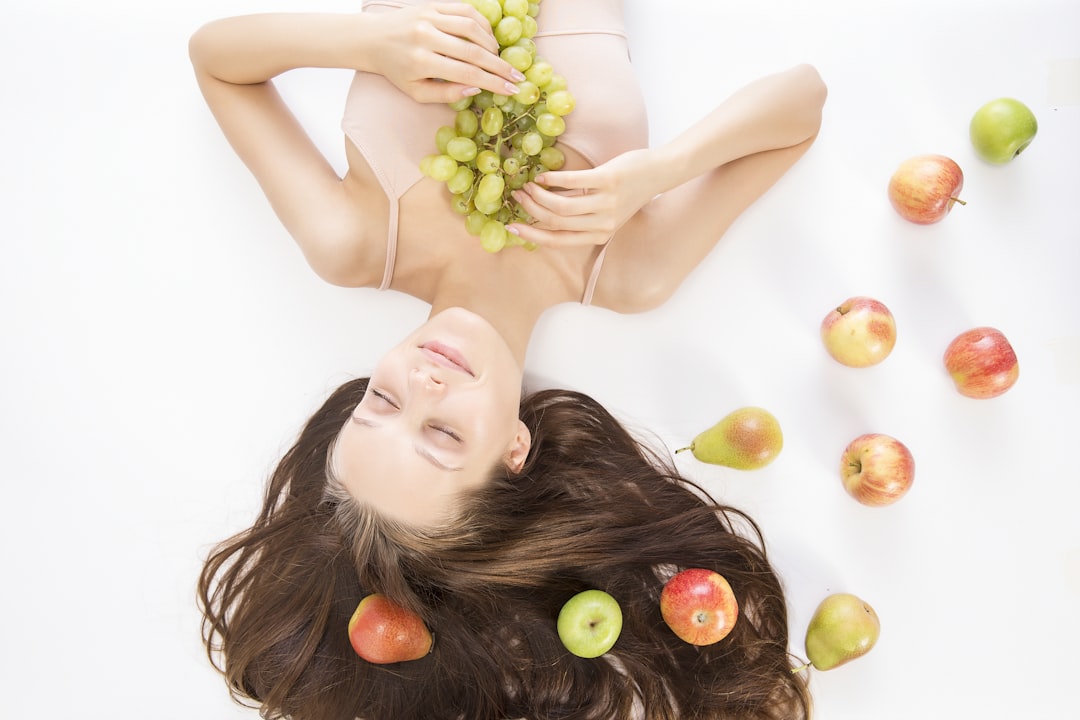
Rubbed opium
Applied pigeon droppings
Mixed honey with bear fat
Used olive oil treatments
Which substance did the Elizabethans use for white face makeup?
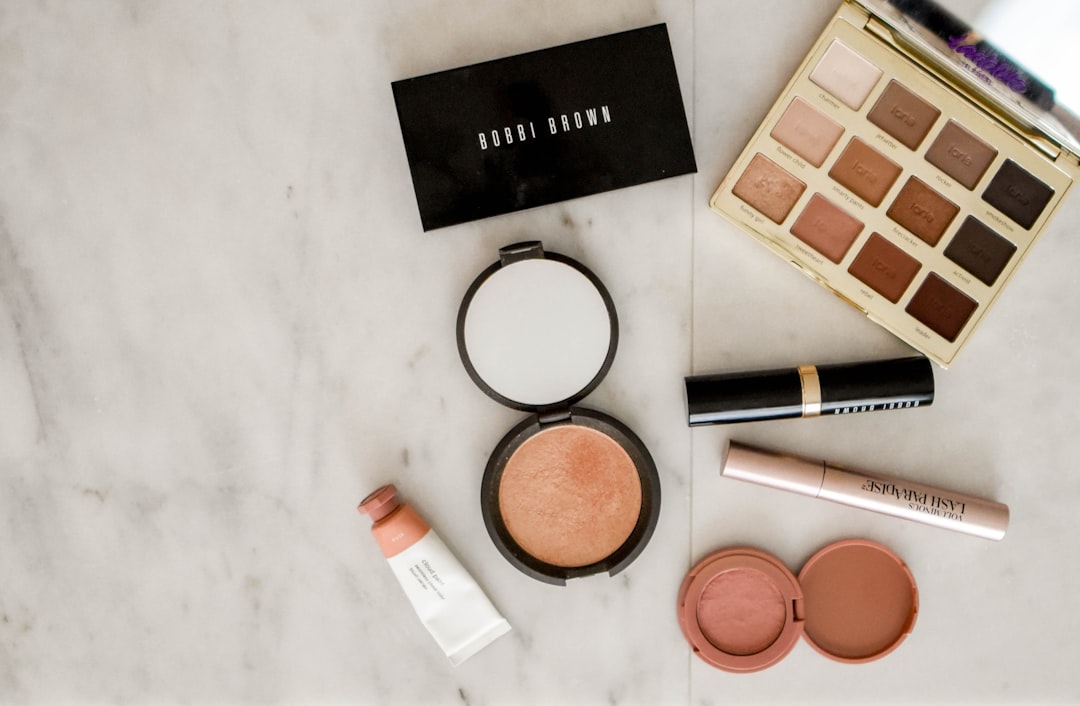
Egg whites
Lead
Chalk
Talcum powder
In Japan, what did women use to blacken their teeth?
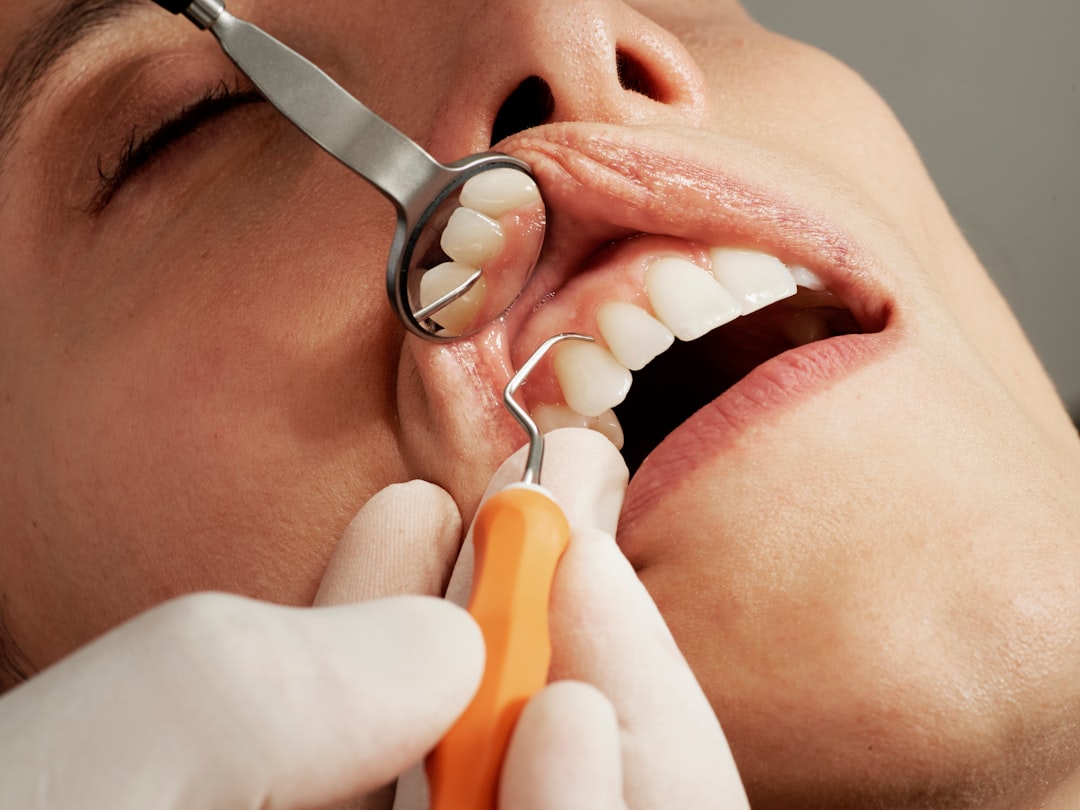
Charcoal
Squid ink
Soy sauce
Ohaguro
What did 19th-century women ingest to look frail?

Vinegar
Opium
Bread mold
Tapeworm eggs
What ancient practice involved singing to improve complexion?
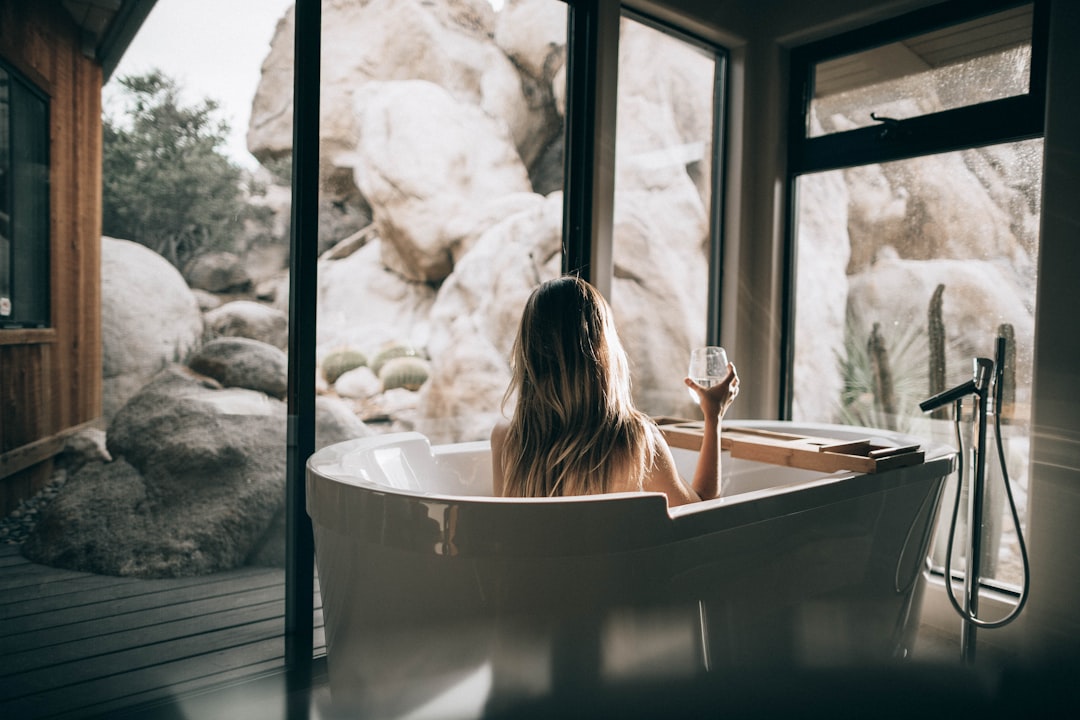
Birdsong mimicry
Chanting mantras
Humming during baths
Listening to harps
What did the ancient Maya use for dental aesthetics?
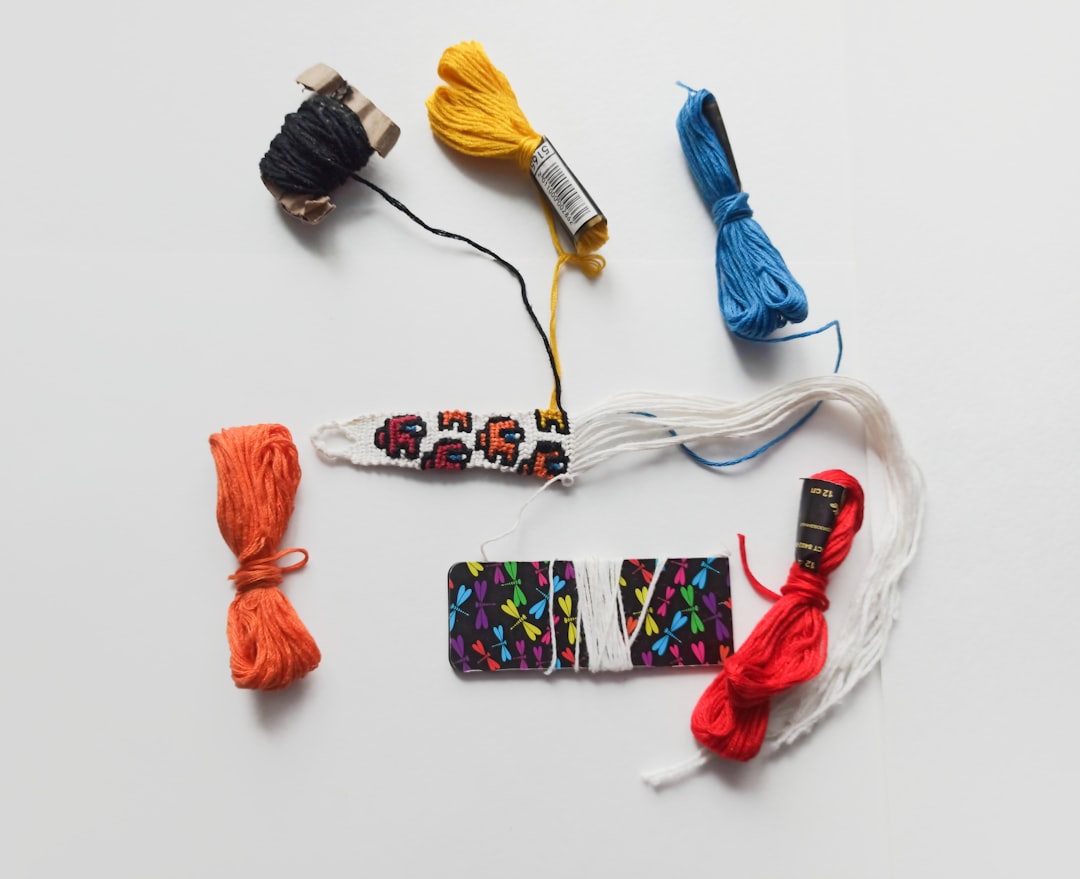
Gold dust
Jade inlays
Quartz
Bone fragments
What hair color was popular among noblewomen in Renaissance Venice?
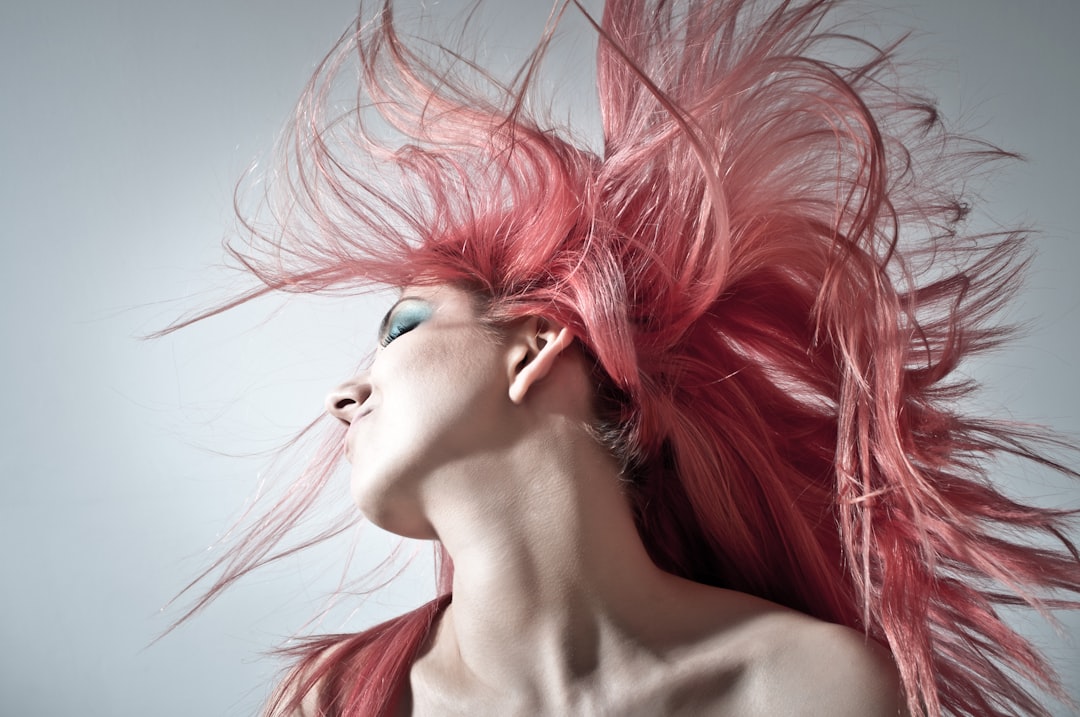
Blonde
Black
Red
Silver
What did 16th-century Japanese nobles use to clean their faces?
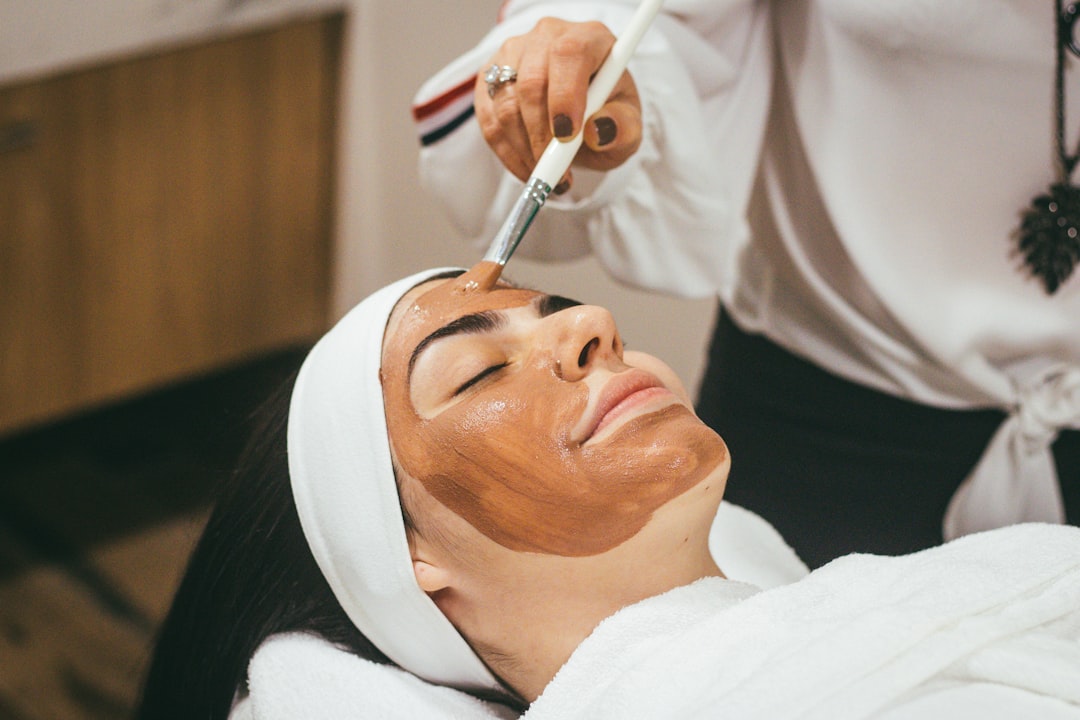
Rice water
Nightingale droppings
Spring water
Sea salt
What did ancient Persians do to enhance eye beauty?
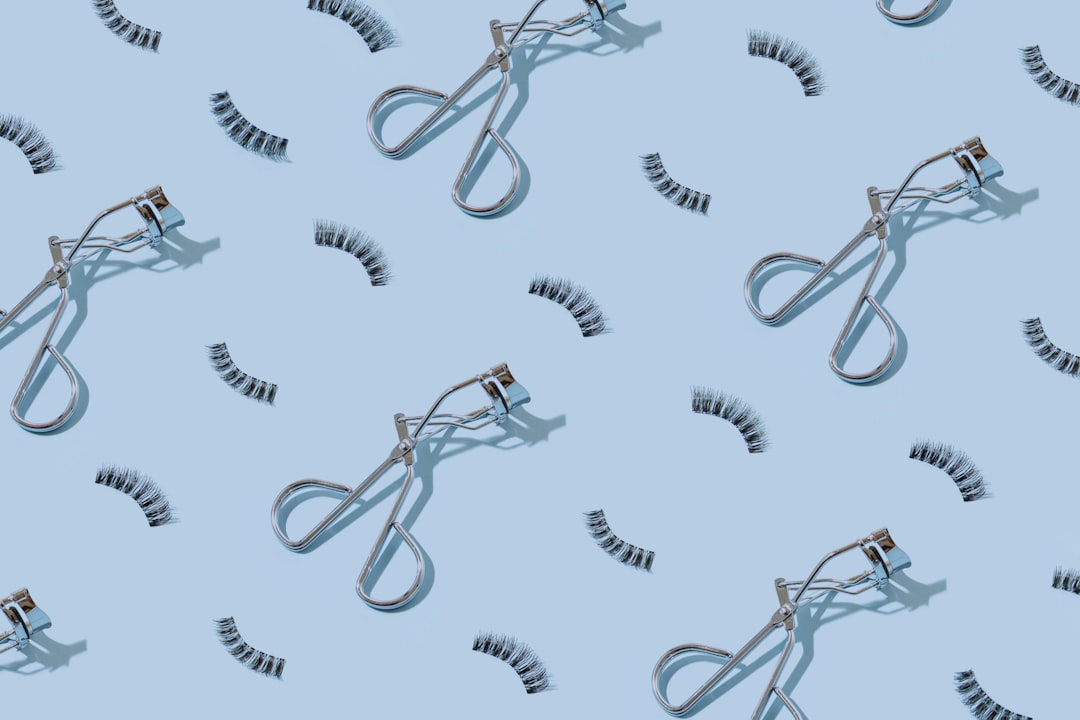
Kohl lining
Fennel drops
Antimony powder
Cucumber slices
Which unusual ingredient was used to moisturize skin in ancient Egypt?
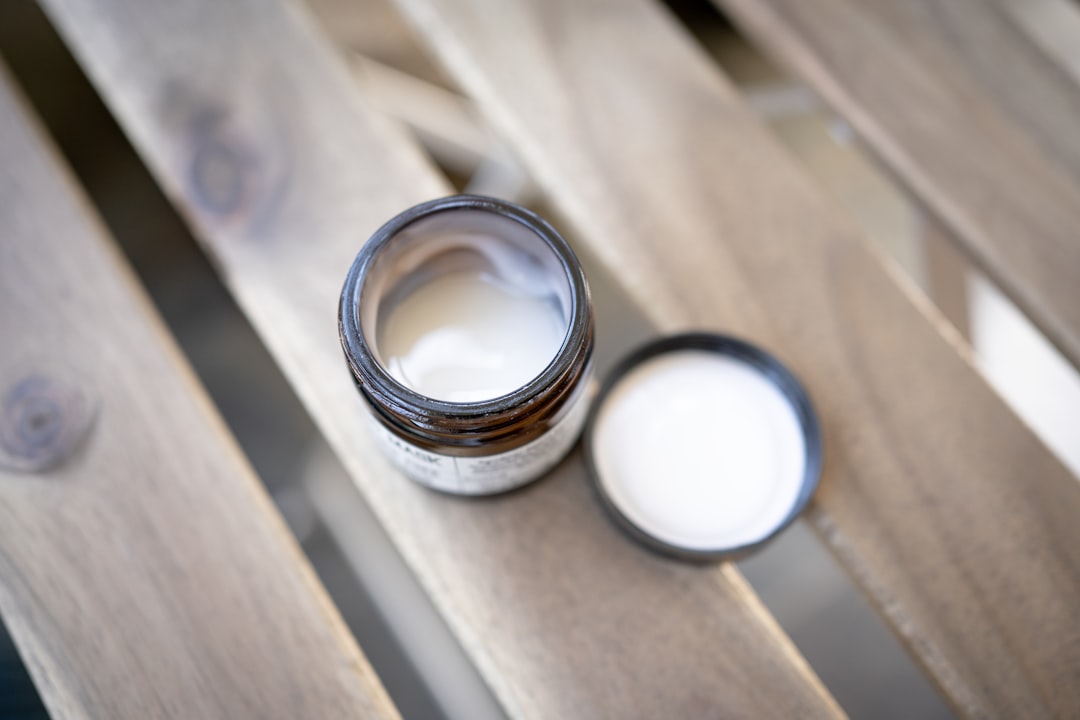
Fish oil
Honey
Animal fats
Olive oil
What method did Tudor women use to remove freckles?
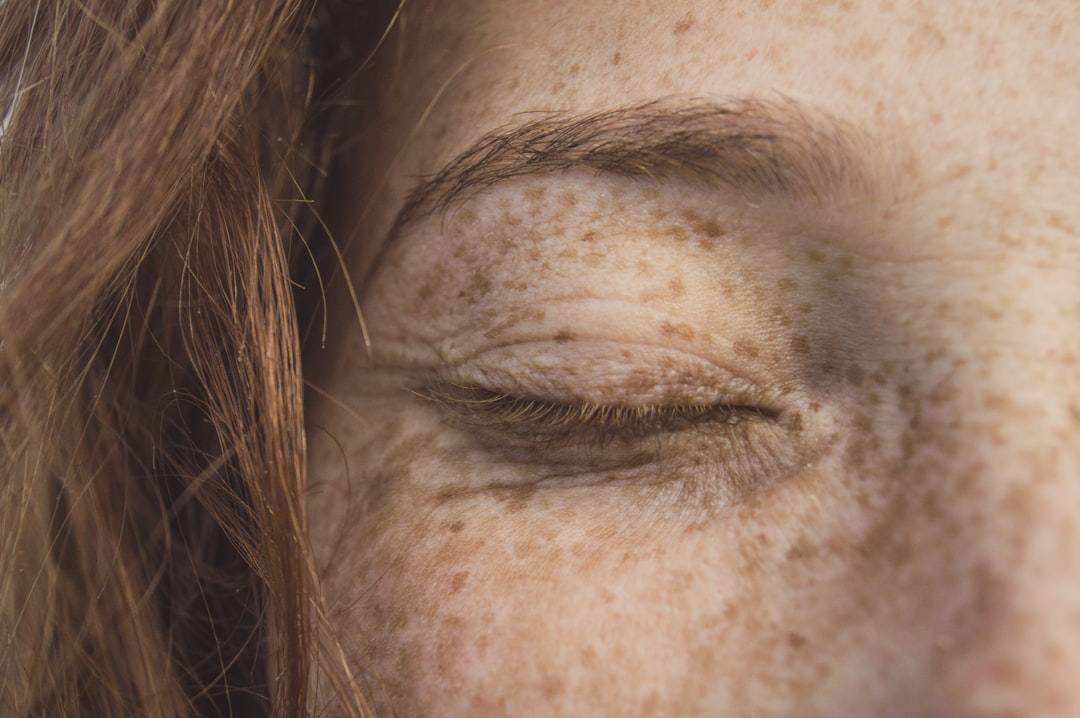
Lemon juice
Borax
Horse saliva
Vinegar
How did Victorian ladies tint their cheeks naturally?
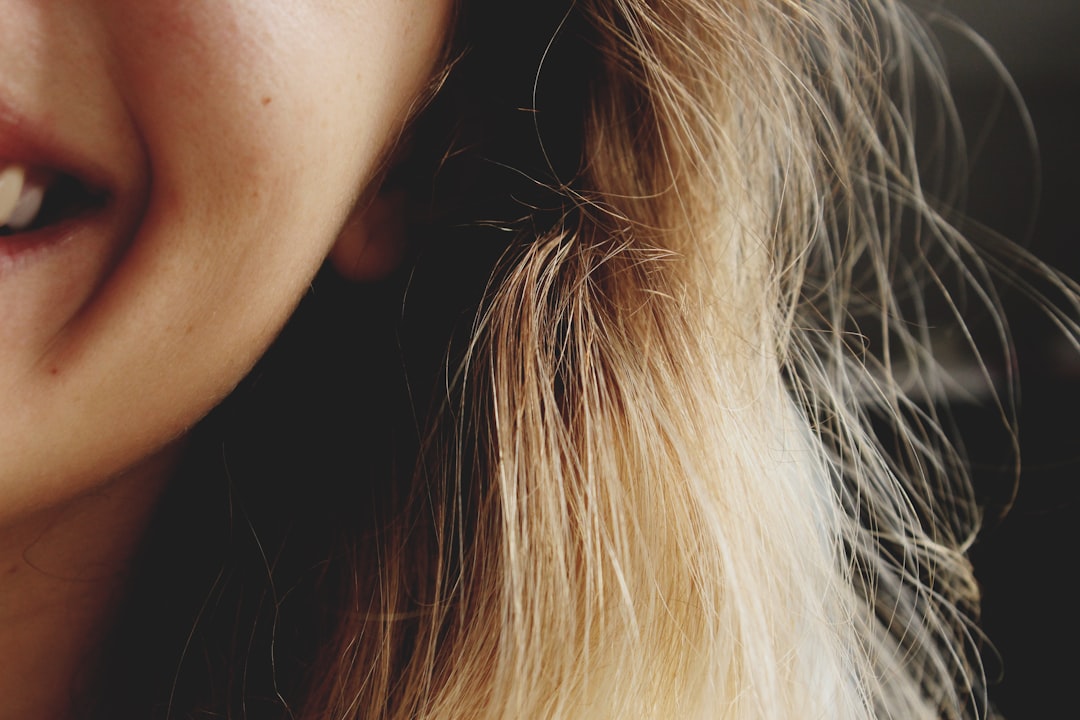
Crushed berries
Beet juice
Red wine
Peach stain
What ancient remedy was used to treat baldness in ancient Egypt?
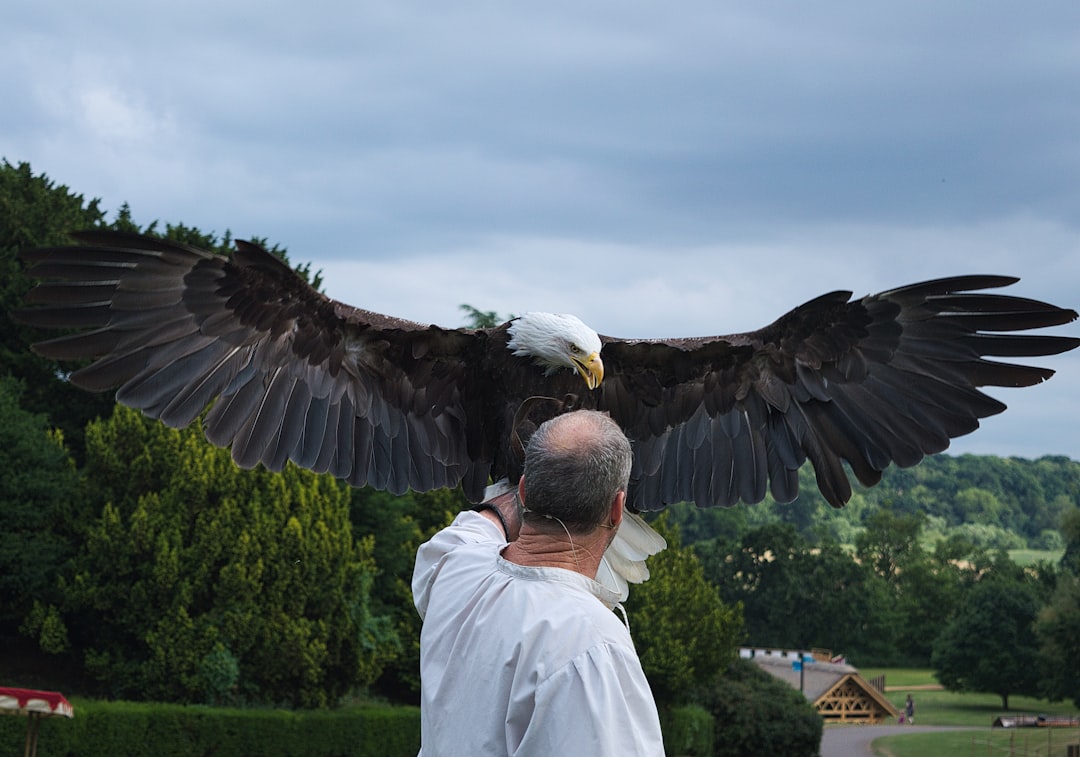
Lettuce leaves
Honey mix
Animal fats
Bear grease
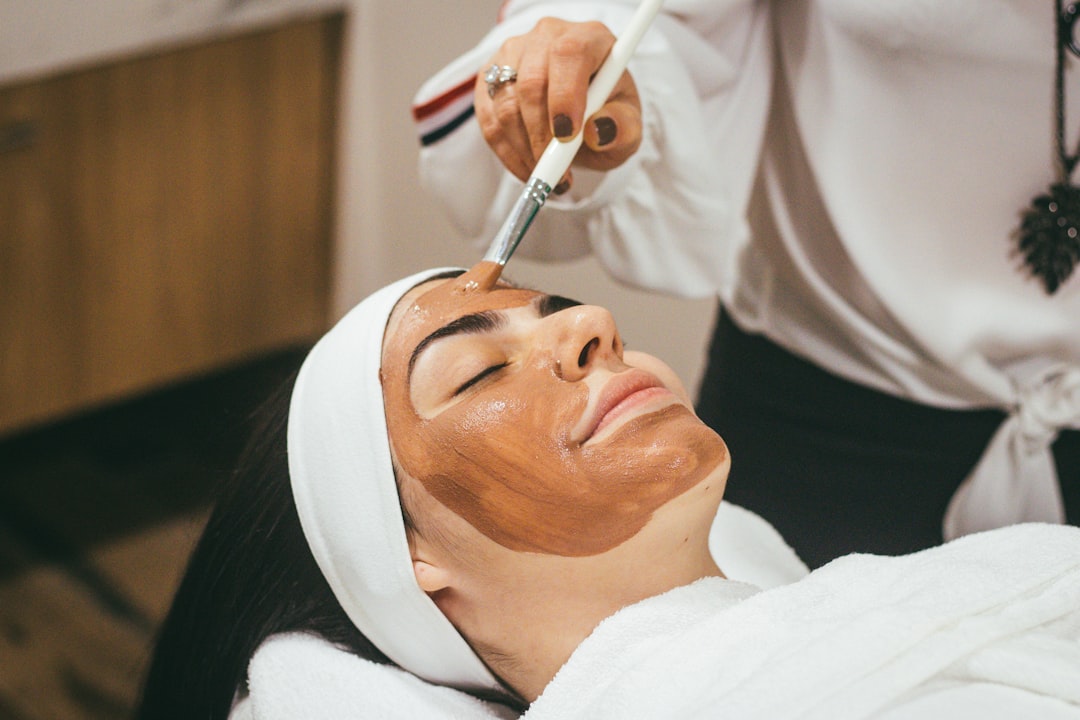
Beauty Novice
Your beauty history basics are on the sparse side!
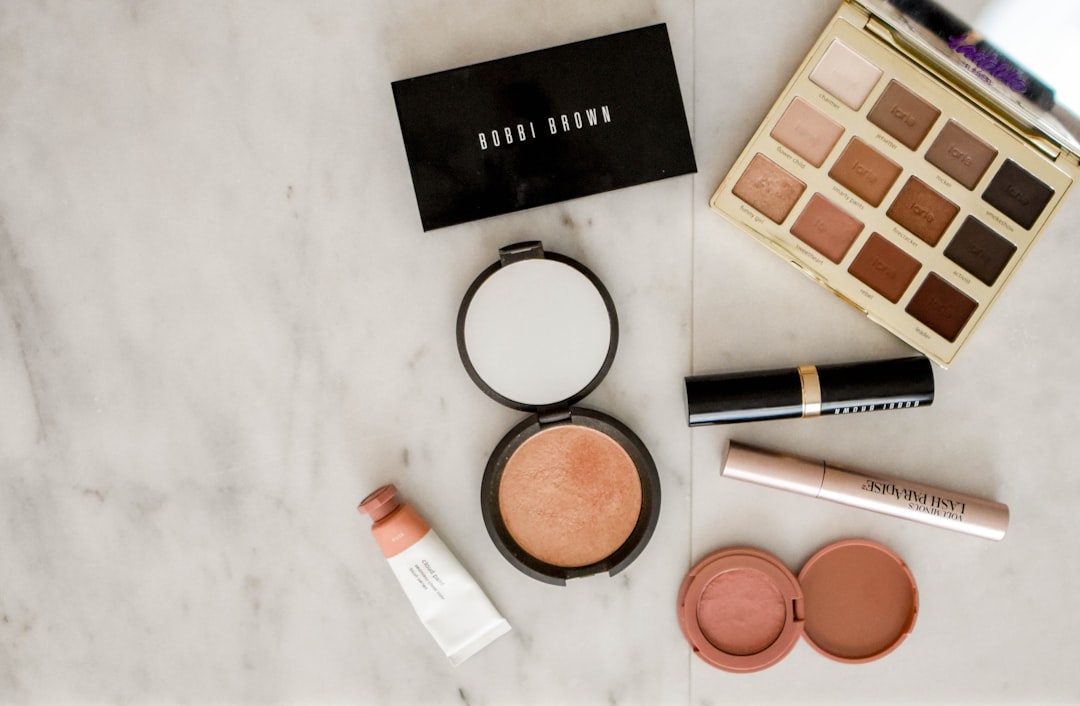
Beauty Scholar
You’ve got a good grasp on historical beauty trends!
Beauty Historian
You’re practically an expert in the annals of beauty!

